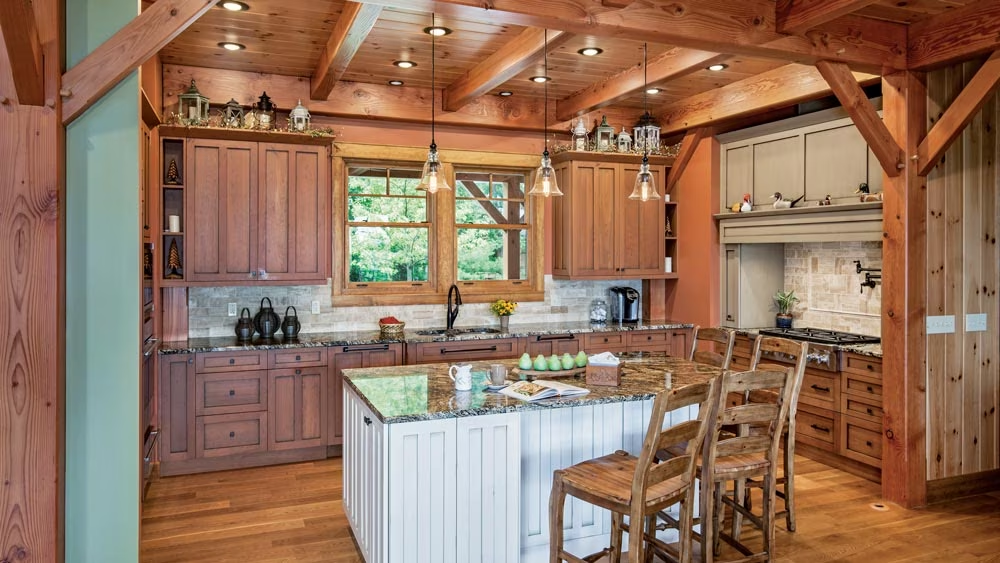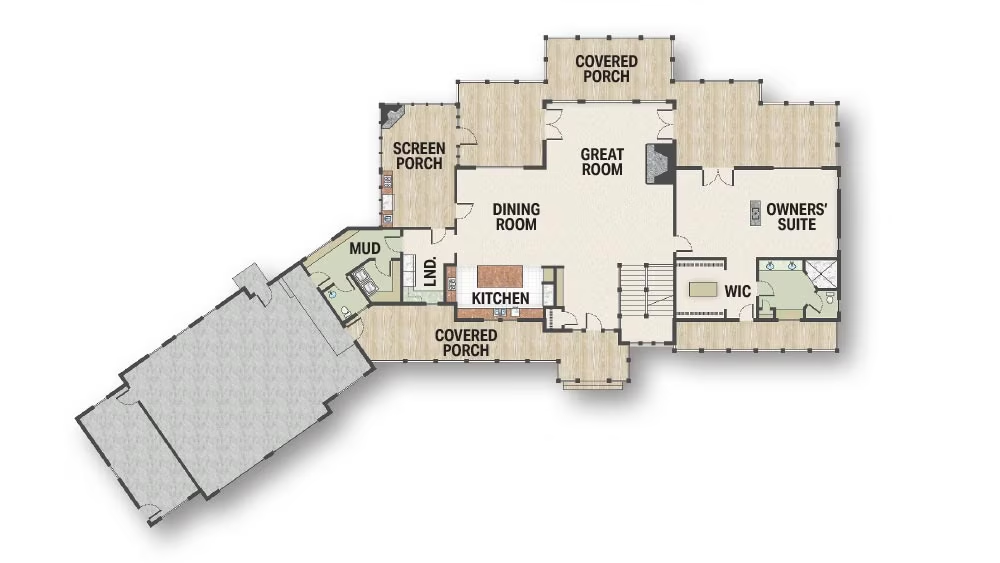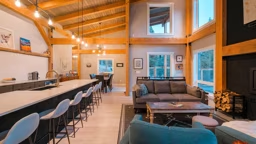Between a resurgence in minimalism and the tiny-home-living craze, for a while there, less was more. Now, everyone’s returning to center and realizing it’s really about what works for you. For some folks, that does mean reducing stuff as well as square footage. But for others, it’s not about going smaller, it’s about being more specific and strategic. Think of it less as downsizing and more as rightsizing. To help you get started, we tapped Woodhouse, The Timber Frame Company for their expertise on the right way to rightsize. Here’s what architect Diana Allen advises their clients:
Try before you buy.
“Think about finding a rental home that’s the size you are planning, and stay in it to see if smaller works for you,” says Diana. “Alternatively, go to open houses of homes that are smaller; see if the room sizes might match your goals.”
Don’t be afraid to size up — strategically.
Some ways Diana sees clients smartly adding square footage back into their plan for their rightsized lifestyle include: “Adding a second master to the first floor — this is good if one partner gets sick and needs care or kids move in to take care of you,” she says. “Outdoor spaces like screened-in porches and covered decks also make great add-ons, as do larger garages for workshops or craft rooms.”
Make your list. Check it twice. Then make another.
“Make a list of furniture and artwork you’re bringing with you and share the measurements with the architect, so the new rooms can be designed properly to fit them. Then sell what you aren’t bringing,” suggests Diana. “Additionally, make a list of must-haves. For example, if you know you’re going to bake more now that you are retired – keep the big mixer. But also, consider if the kitchen cabinets are holding 50 percent more glassware and coffee cups than you really use. If you haven’t used it in over a year – donate it. Once you thin it out, you can judge how much space you really need. A smaller kitchen actually might work great if you plan to eat out more than you cook in your new life.”













